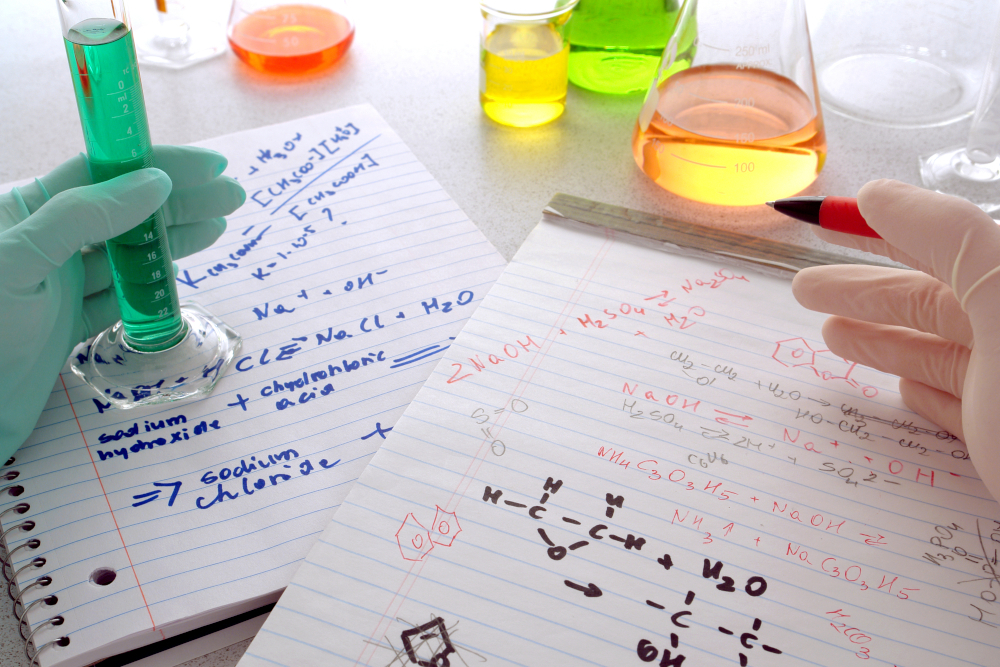How the new antimicrobial coatings help protect customers
16 Sep 2020

The current pandemic has focussed attention on hygiene and how good practice keeps us safer. Given the need to reassure customers about the safety of printed products, we investigated antimicrobial coatings to see how they worked and what they could be used for.
Antimicrobial coatings apply a high-quality antimicrobial additive to the surface of the paper substrate. This prohibits the growth of micro-organisms on the surface of the protected printed product, providing long-lasting protection against bacteria, biofilm, fungi and mould.
This is particularly useful for items that are repeatedly handled, such as coupons and vouchers but can be applied to any printed product, mailer or door drop. Many consumers today are looking for additional reassurance.
What is the purpose of making a surface antimicrobial?
Antimicrobial additives eradicate the bacteria which causes contamination and infection, as well as those responsible for odours and staining. The antimicrobial effect also protects the product against degradation, extending its use.
The purpose of the coating is not to create a sterile environment – we all know that being exposed to certain types of bacteria builds a healthy immune system. However, bacterial infections such as MRSA, E. coli and Listeria can be very serious and the coating acts as a complementary measure to good personal hygiene practices.
Effective against 99.9% of bacteria
Manufactured in the UK by leading additive specialists, the antimicrobial additive is effective against 99.99% of bacteria, including MRSA and E. coli.
Effective against COVID-19?
Since the beginning of the COVID pandemic, our antimicrobial coating supplier has taken a cautious approach to antiviral claims. Their initial stance was based largely on test reports from the manufacturers of the active substances used by most companies in their sector. It remains their firm opinion that antiviral claims should only be made in relation to materials which have demonstrated a satisfactory level of efficacy in an appropriate test method, such as ISO21702.
Our supplier chooses to test against surrogates such as Influenza A, Feline coronavirus or Human coronavirus, and there is compelling evidence that several are capable of inactivating enveloped viruses within a reasonably short timescale. They are continuing to evaluate different materials and active substances and will provide updates as they gather further information.
Print Quality?
The antimicrobial coating has no effect on the print quality of the product and will not detract from high quality print and personalisation.
How long is the coating effective?
The coating will continue to protect for the lifetime of the product as it’s bonded to the print and paper.
Is the coating safe and compliant?
All of the active components used are approved by the FDA and EFSA. No additives are used with potential health or environmental concerns such as nano-scale particles, and all of the active components have been notified for inclusion on the Biocidal Products Regulation.
How it is applied?
It is a coating so is applied just like a varnish or sealer. At Lettershop, we apply it as part of the application of coatings within our existing production processes.
For more information on innovation or technology in print and mail contact Alistair Ezzy on Alistair.ezzy@tlg.co.uk or call 01132 311 113.
Please login to comment.
Comments